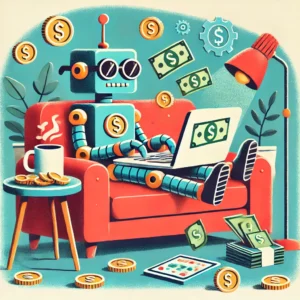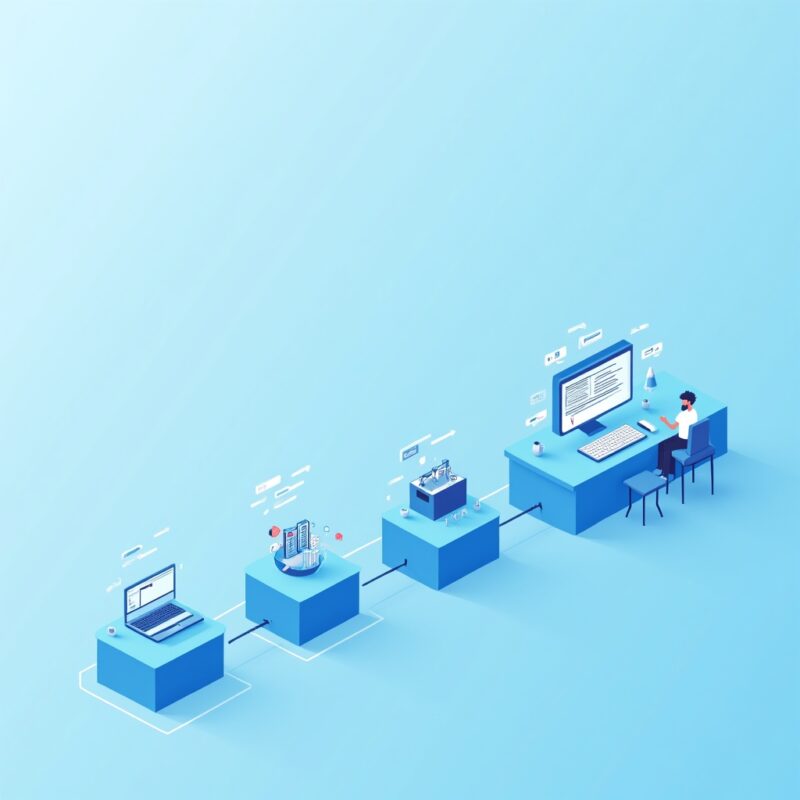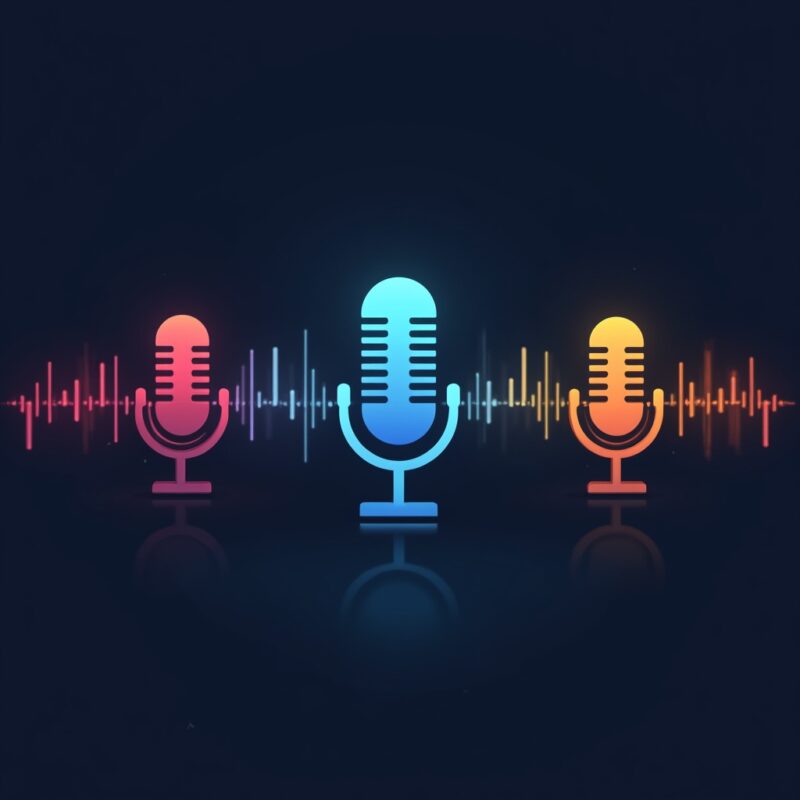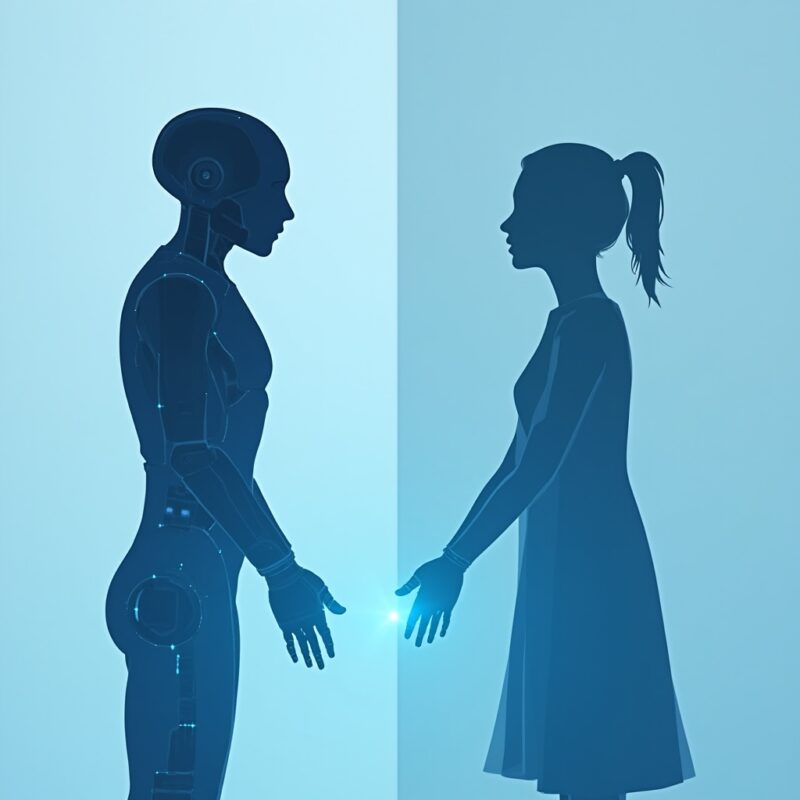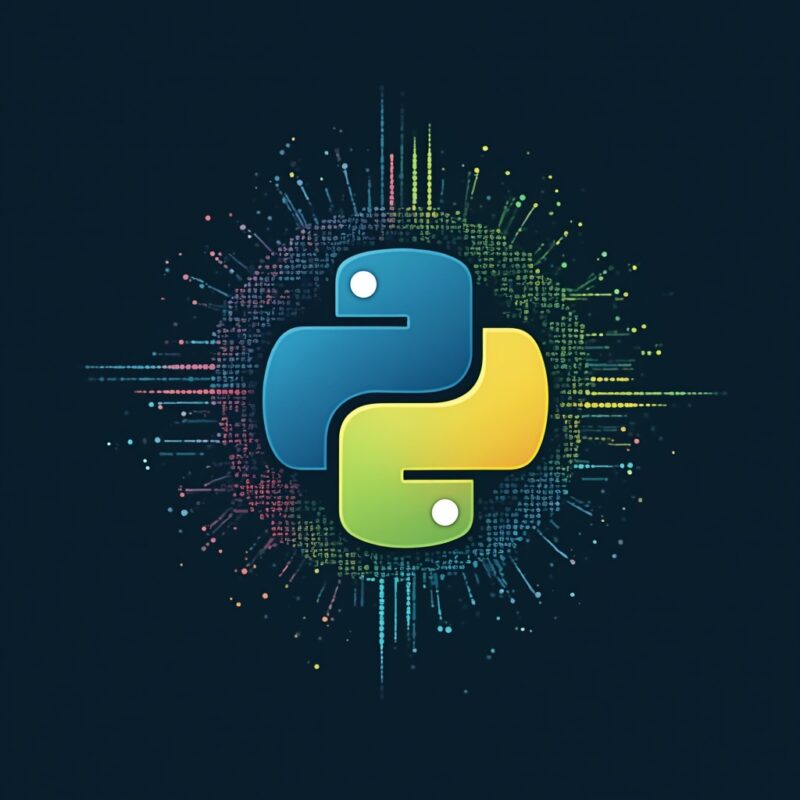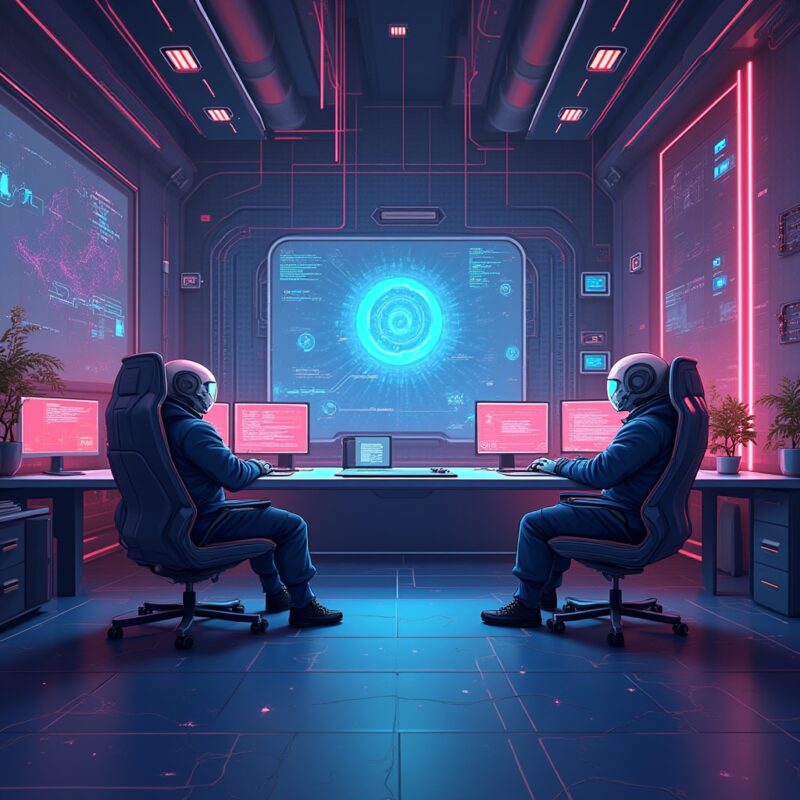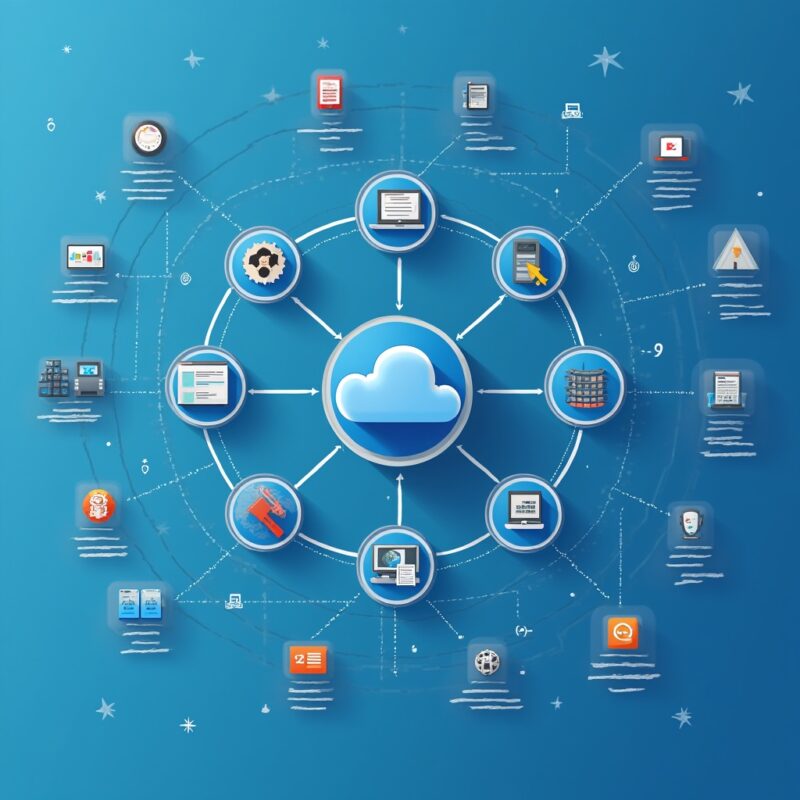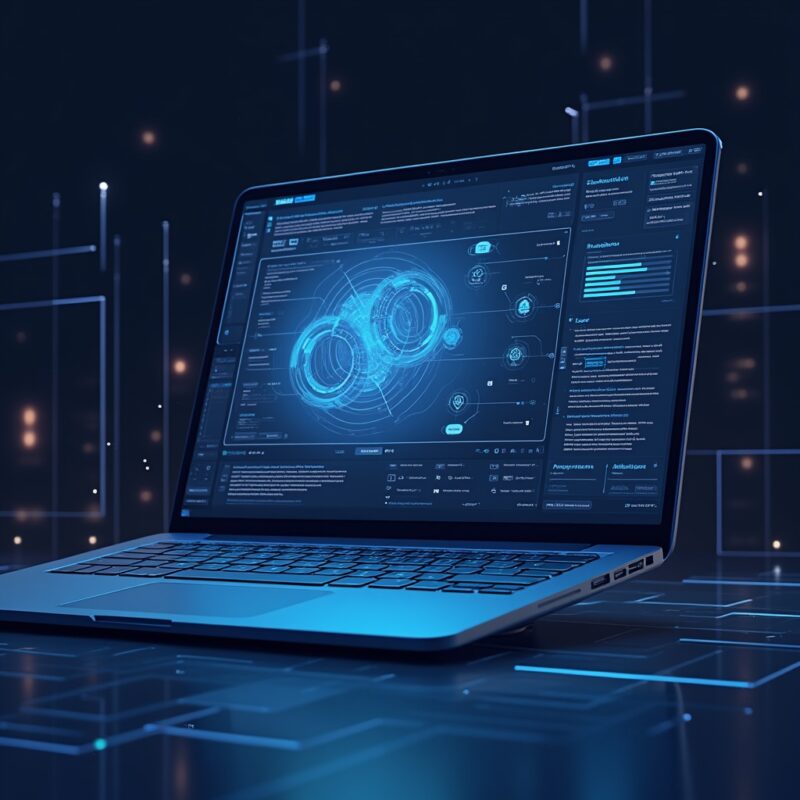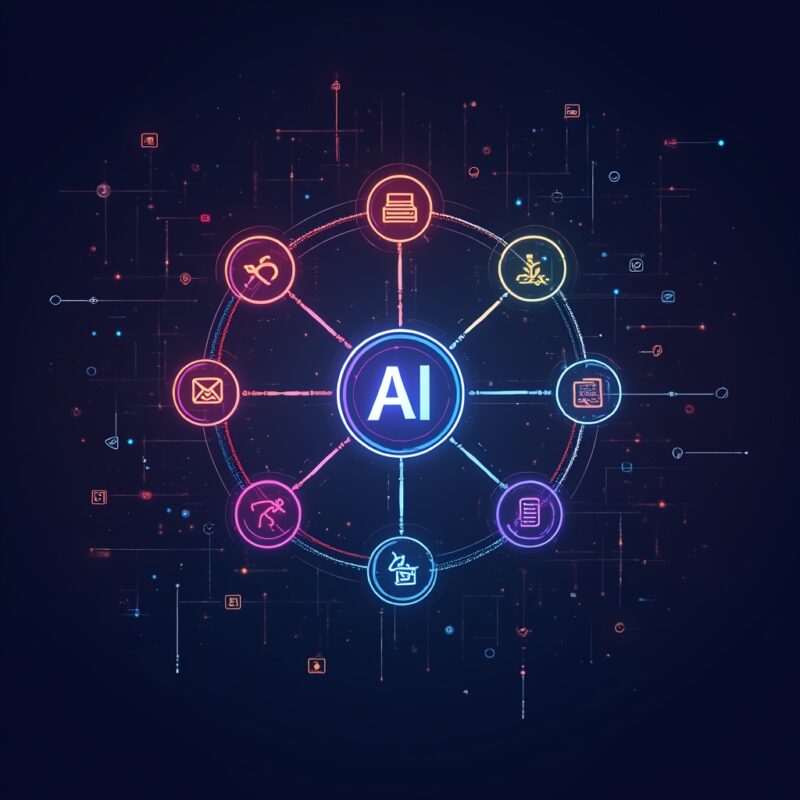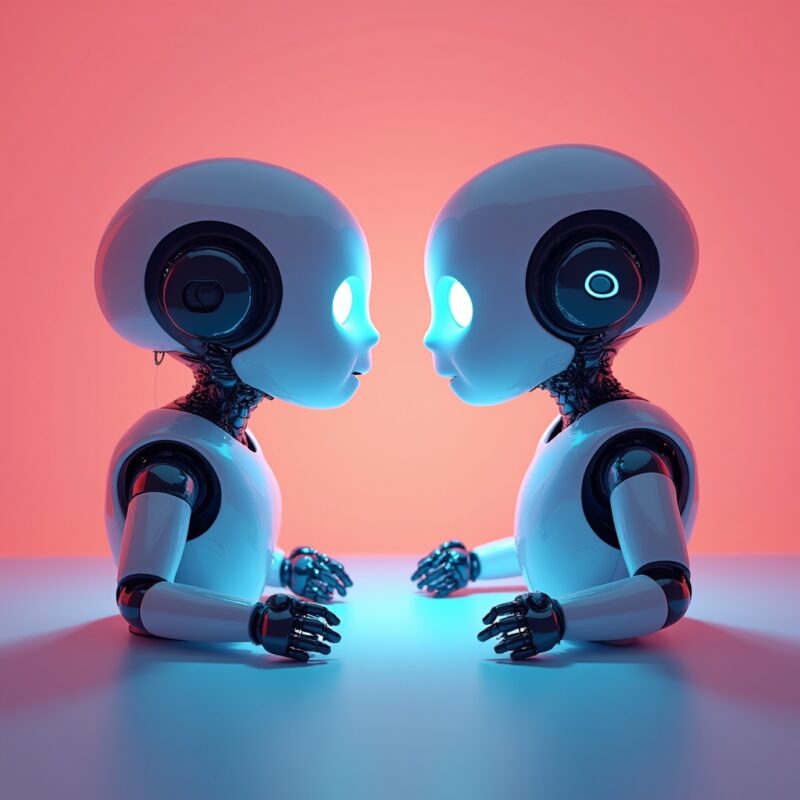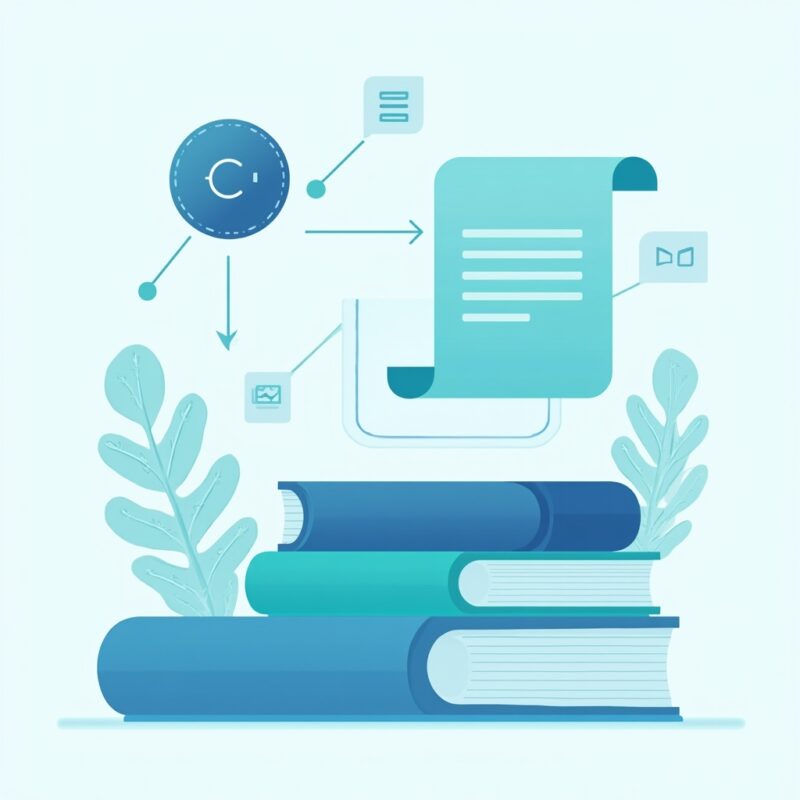What Is Artificial Intelligence? (And Why It’s Not Just Sci-Fi)
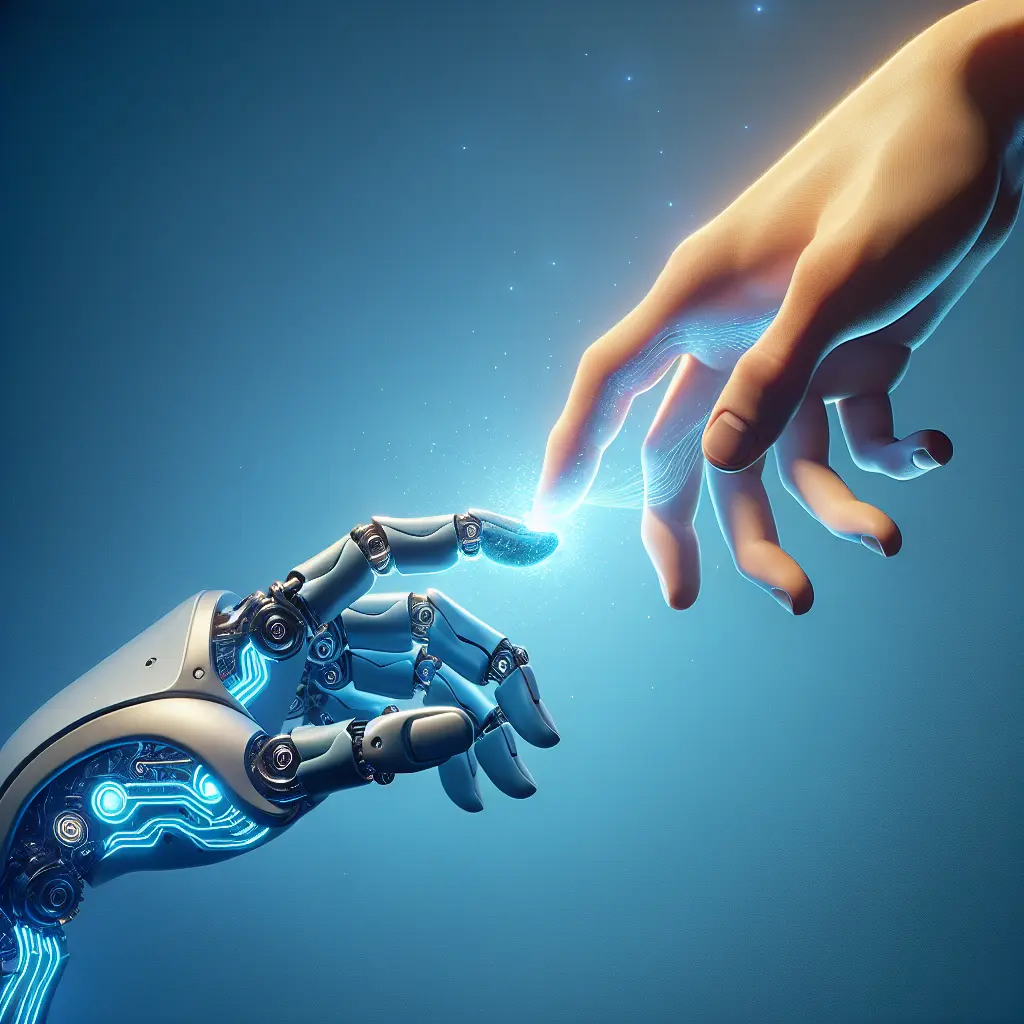
Artificial Intelligence (AI) is technology that enables computers to mimic human-like thinking and decision-making. Unlike science fiction portrayals, today’s AI is focused on specific tasks like recognizing speech, making recommendations, or playing chess—not taking over the world. It works by using algorithms and vast amounts of data to learn patterns and make predictions.

What Is Artificial Intelligence? (And Why It’s Not Just Sci-Fi)
The first time I tried explaining artificial intelligence to my mom, she immediately pictured robot maids like in The Jetsons or terrifying Terminators hunting down humanity. I couldn’t blame her—pop culture has kinda hijacked our understanding of AI for decades.
But here’s the thing: while Hollywood robots are busy plotting world domination, real-world AI is quietly revolutionizing everything from how Netflix recommends your next binge-worthy show to how doctors diagnose diseases. And it’s wayyy less dramatic than the movies would have you believe.
The gap between sci-fi AI and actual AI is massive, and understanding the difference matters—especially as this technology becomes increasingly woven into our everyday lives. Let’s break down what artificial intelligence actually is, without the Hollywood special effects.
AI Defined: No, It’s Not Just Robots
At its core, artificial intelligence is simply computer systems designed to perform tasks that typically require human intelligence. Think of AI as your really smart but incredibly literal friend who’s amazing at specific jobs but might be completely clueless about everything else.
If human intelligence is like a Swiss Army knife (versatile, adaptable, good at many things), then current AI is more like a specialized power tool—exceptionally good at the one thing it was designed to do, but useless for anything else.
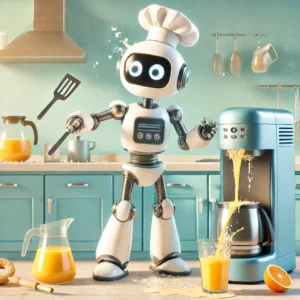
For example, an AI that’s brilliant at identifying cats in photos would be completely stumped if you asked it to recommend a good restaurant or drive a car. This is what experts call “narrow AI” or “weak AI”—specialized systems focused on solving specific problems.
Why AI Actually Matters in Real Life
AI isn’t just some abstract tech concept—it’s already deeply embedded in your daily routine, whether you realize it or not. Every time you:
- Ask Siri or Alexa a question (that’s natural language processing)
- Get recommendations on Spotify or Netflix (those are AI-powered recommendation engines)
- Use face unlock on your phone (hello, computer vision)
- Navigate with Google Maps (AI is calculating your optimal route)
- Receive fraud alerts from your bank (AI flagged unusual activity)
The true power of AI isn’t in mimicking humans completely—it’s in handling specific tasks with incredible speed, accuracy, and scale that humans simply can’t match. An AI can analyze millions of medical images for signs of disease without getting tired, bored, or distracted by teh latest TikTok trend.
How AI Actually Works (The Non-Boring Version)
Behind all the AI magic is a surprisingly straightforward concept: pattern recognition on steroids. Here’s how it breaks down:
Machine Learning: AI’s Secret Sauce
- Data Collection: AI systems need massive amounts of data—like, truly ridiculous amounts—to learn from
- Pattern Spotting: Algorithms sift through this data looking for patterns humans might miss
- Prediction Making: Once trained, AI can analyze new information and make predictions based on those patterns

Imagine teaching a child what a dog is by showing them thousands of dog photos. Eventually, they’ll recognize a dog they’ve never seen before. Machine learning works similarly, just with way more data and math instead of neurons (although some AI models are inspired by how our brains work).
Generative AI: The New Kid on the Block
The latest AI rockstar is generative AI—systems like ChatGPT, DALL-E, and Midjourney that can create new content rather than just analyzing existing stuff. These models can write essays, generate images, compose music, or even code software after being trained on massive datasets.
And yes, that’s the technology I’m using right now to help write this article (meta, right?). But contrary to science fiction fears, it’s not thinking independently—it’s predicting what words should come next based on patterns in human writing.
AI Myths: What It’s Really NOT
- Myth #1: AI thinks like humans
Reality: AI doesn’t “think” at all. It performs statistical analysis and pattern matching without consciousness or understanding. It’s not secretly plotting anything. - Myth #2: AI is always objective and unbiased
Reality: AI learns from human-created data, so it can inherit and amplify human biases. If the training data is biased, the AI will be too. - Myth #3: AI will soon replace all human jobs
Reality: AI is better at augmenting human work than replacing it entirely. It handles routine tasks while humans focus on creativity, empathy, and judgment.
AI in Action: Real Examples That Actually Matter
Healthcare: Finding What Humans Miss
AI systems can now analyze medical images and detect early signs of diseases like cancer with accuracy that sometimes exceeds human doctors. One study found an AI could identify lung cancer a year earlier than traditional diagnosis in some cases.
What Is Artificial Intelligence? (And Why It's Not Just Sci-Fi)
But doctors aren’t being replaced—they’re being empowered. The AI flags potential issues, and the doctor brings human judgment, empathy, and context that AI lacks. It’s teamwork at its finest.
Climate Science: Making Sense of Massive Data
Climate researchers are using AI to analyze satellite imagery, ocean temperature readings, and atmospheric data to better predict weather patterns and understand climate change. These models can process information at a scale no human team could manage, helping scientists make better predictions and policy recommendations.
AI Prompt You Can Actually Use Today
Want to experience generative AI firsthand? Try this prompt in ChatGPT or Claude:
I'm trying to understand [complex topic]. Could you explain it to me as if I'm a 10-year-old, using a fun analogy about [something you're interested in]? Then give me 3 real-world examples of how this concept applies to everyday life.This prompt works for almost any topic and will help you see how AI can break down complex ideas into simple explanations—one of its superpowers!
What’s Next in the AI World?
As AI continues evolving, we’re gonna see more integration into everyday tools—from more natural conversations with virtual assistants to AI-enhanced creativity tools that help us write, design, and create more effectively.
The real revolution isn’t replacing humans but amplifying what we can accomplish by handling routine tasks and calculations while we focus on what makes us uniquely human: creativity, empathy, ethics, and judgment.
Common Questions About AI
Q: Is artificial intelligence dangerous?
Current AI systems aren’t dangerous in the sci-fi sense—they have no consciousness, desires, or ability to act independently. The real risks come from how humans implement AI: potential bias, privacy concerns, job displacement, and security issues. The biggest danger isn’t AI developing consciousness but rather poorly designed AI systems making consequential decisions without proper oversight.
Q: What’s the difference between artificial intelligence and machine learning?
Machine learning is actually a subset of artificial intelligence. Think of AI as the broader concept of machines mimicking human intelligence, while machine learning is one approach to achieve this—specifically by teaching computers to learn from data without explicit programming. It’s like saying all squares are rectangles, but not all rectangles are squares.
Q: Can AI be creative?
AI can generate content that appears creative by analyzing patterns in human-created works and recombining elements in new ways. However, it doesn’t experience inspiration, intention, or meaning like human creators do. AI-generated art or writing results from statistical pattern recognition rather than genuine creativity—though the outputs can still be impressive and useful!
The Bottom Line: AI Is a Tool, Not a Terminator
Artificial intelligence isn’t the sci-fi nightmare or utopian dream that popular culture often portrays. It’s a powerful set of technologies that excel at specific tasks involving pattern recognition, prediction, and data analysis—things humans find difficult or tedious at scale.
The most exciting future isn’t one where AI replaces humans, but where we form effective partnerships: AI handling routine calculations and analysis while humans provide creativity, ethical judgment, and interpersonal connection. It’s not about man versus machine—it’s about what we can accomplish together.
Ready to explore how AI is transforming specific industries? Our next article dives into how artificial intelligence is revolutionizing healthcare—from diagnosis to drug discovery and personalized medicine. Stay curious!

